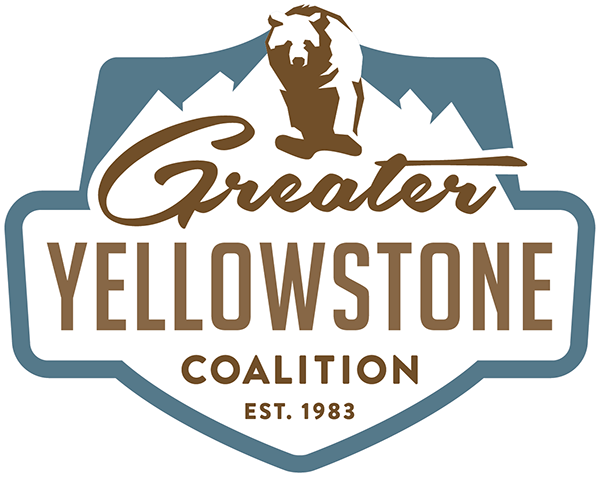Stories from the field: Finding eligible Wild & Scenic rivers in Wyoming, Part I
“Everything in nature invites us constantly to be what we are. We are often like rivers: careless and forceful, timid and dangerous, lucid and muddied, eddying, gleaming, still.” Gretel Ehrlich, The Solace of Open Spaces
Tolsi Peak in the Gros Ventre Range. (Photo Teddy Collins.)
Standing on the divide between Big Twin Creek and Jack Creek in the Bridger-Teton National Forest, my colleague and I are met with breathtaking views of Tosi Peak, the southernmost prominence of the Gros Ventre Mountains in Wyoming. To the southeast, the vast granite expanse of the Wind River Range breaks the horizon line as dark clouds start to form over some of the highest peaks in the state. A matrix of elk, deer, and moose tracks vastly outnumber our footprints, adding to the sense of remoteness we have felt since leaving the trailhead. The rich smell of riparian vegetation, indicative of summer in the mountains, creates a sensory overload as we relish our surroundings. Continuing down the trail, we eagerly anticipate what lies ahead.
It is often hard to comprehend and appreciate the hydrologic significance of the Greater Yellowstone Ecosystem. The seemingly insignificant highpoint from which we stand marks the divide between two of our nation’s most iconic river systems, the Colorado and the Snake/Columbia. Jack and Big Twin Creeks, headwaters of these impressive river systems, both start their journey as trickles; meandering through willow-lined meadows and wetlands before joining larger tributaries. Just over Union Pass to our southeast, streams feed the Wind River, ultimately flowing into the mighty Mississippi and the Gulf of Mexico. Easy to cross and humble in appearance, these miniscule headwater drainages provide water for a plethora of species as well as development, industry, and agriculture.
Our beloved river systems are only as healthy as their headwater streams. The importance of their protection is paramount as this region continues to develop and more stress is placed on water usage in the American West. Through Wild and Scenic River eligibility and future designation, streams such as Big Twin and Jack will keep their free-flowing qualities in perpetuity. While diversions, impoundments and streambank alterations are inevitable aspects of human development in parts of the west, it is comforting to know that the ecological integrity of some streams can remain intact with Wild and Scenic River protections. These profound locations are vital to our souls and the health of Greater Yellowstone.
- Teddy Collins works for the Greater Yellowstone Coalition as a field technician to inventory potential Eligible Wild and Scenic Rivers on Wyoming’s Bridger-Teton National Forest. The Wild and Scenic Rivers Eligibility Inventory is a project supported in partnership with American Rivers, Greater Yellowstone Coalition, The Pew Charitable Trusts, and the Snake River Fund.

